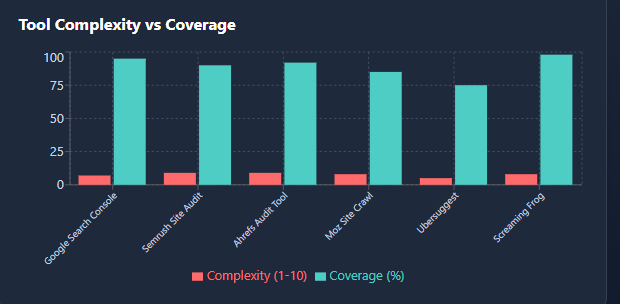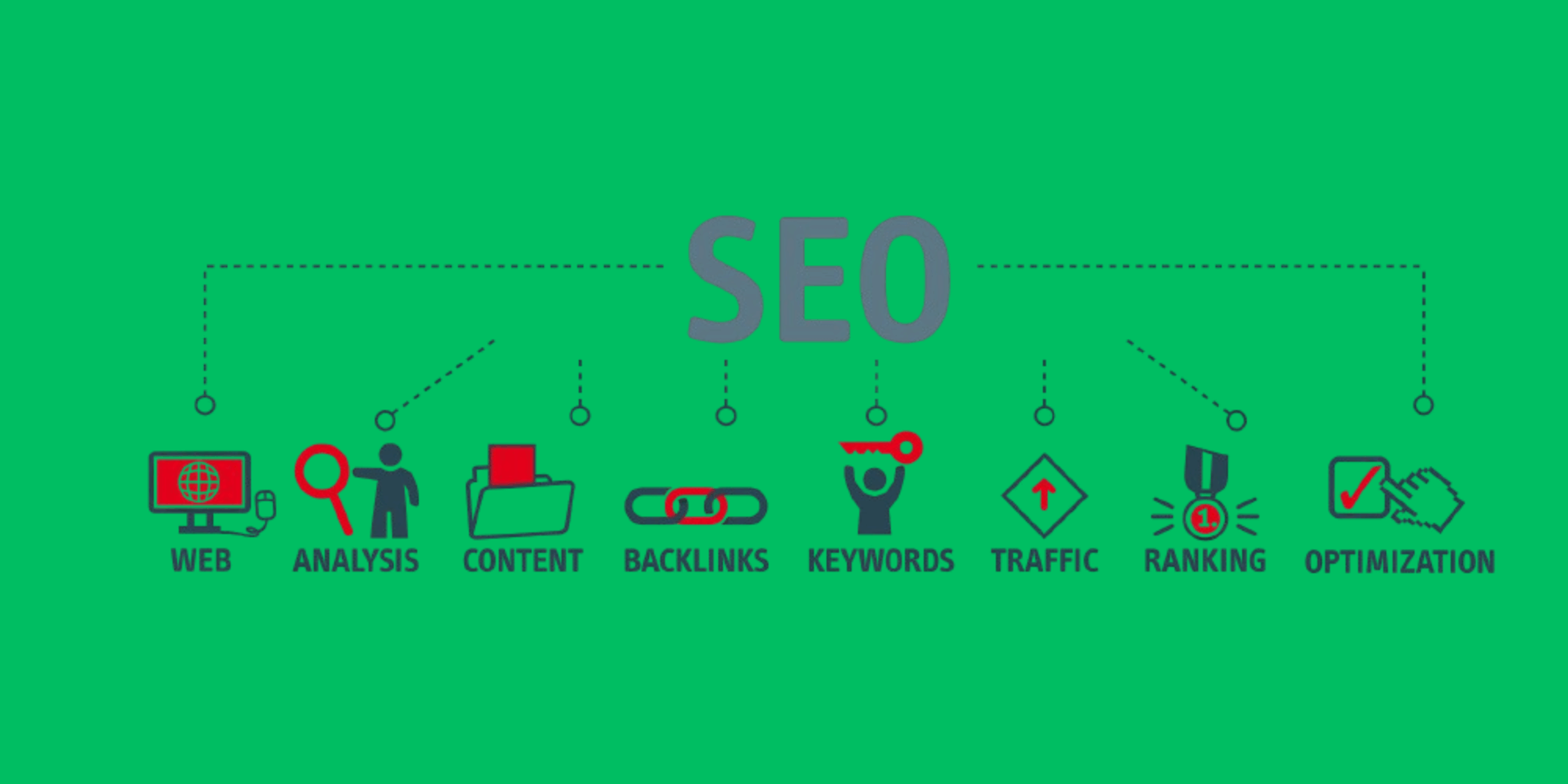Discover everything about Insite SEO and website SEO auditing. Learn how to perform a complete SEO audit, analyze site performance, fix technical issues, and improve Google rankings using top SEO audit tools.
Introduction:
Insite SEO, often called a website SEO audit, is the process of evaluating your website’s overall health, performance, and ability to rank in search engines. It’s a strategic analysis that helps identify on-page, off-page, and technical issues that prevent your site from performing at its best. When done correctly, an SEO audit becomes the foundation of any strong digital marketing strategy helping your business attract more traffic, generate leads, and outperform competitors.
A website SEO audit doesn’t just look at keywords or backlinks. It examines everything from user experience and content structure to mobile performance and security. Think of it as a health check-up for your site ensuring every part of your website contributes positively to SEO performance.
What Is an SEO Audit and Why It’s Important
An SEO audit is a complete diagnostic process that reviews every ranking factor on your website. Search engines use complex algorithms to decide which websites deserve higher rankings. A website audit ensures that your site meets these standards by analyzing content quality, technical performance, and backlink health.
The main goal of SEO auditing is to uncover areas for improvement that can directly impact visibility, organic traffic, and conversions. Without regular audits, even small technical issues like broken links, duplicate content, or slow page loading can harm your site’s rankings and user experience.
For example, if your site loads slowly or has unoptimized images, search engines may lower its ranking, even if your content is excellent. Similarly, missing meta descriptions, poor internal linking, or outdated keywords can cause your website to lose valuable traffic opportunities.
A well-executed site audit for SEO helps you stay ahead of algorithm changes, ensures compliance with Google’s ranking requirements, and gives you actionable insights for improvement.
Different Types of SEO Audits
A complete SEO audit typically includes four major parts: on-page, off-page, technical, and content auditing.
On-page SEO audit focuses on visible elements like headings, keyword placement, title tags, meta descriptions, and internal links. Optimizing these ensures that your web pages are structured correctly and easy for both users and search engines to understand.
Technical SEO audit analyzes backend aspects such as site architecture, indexing, crawlability, website speed, and mobile compatibility. This type of audit ensures that search engine crawlers can access your site easily and that visitors enjoy fast, error-free browsing.
Off-page SEO audit examines your backlink profile, brand mentions, and domain authority. Strong, high-quality backlinks from trusted sources increase your website’s credibility and search rankings.
Content audit evaluates the performance and quality of your website’s content. It identifies thin, duplicate, or outdated content that needs improvement. Regularly updating and optimizing your content helps maintain strong rankings and better engagement rates.
How to Perform a Comprehensive SEO Audit
Performing a complete SEO audit for a website involves several key steps:
- Check Indexing and Visibility
Use Google Search Console or the “site:yourdomain.com” search to verify which pages are indexed. If important pages aren’t showing, you may have crawl or indexation issues. - Analyze Technical SEO
Evaluate your site speed using Google PageSpeed Insights. Ensure your site is mobile-friendly, uses HTTPS, and has no broken links. Also, check your sitemap and robots.txt file for proper configuration. - Audit On-Page SEO Elements
Review title tags, meta descriptions, image alt text, and internal linking. Each page should target a primary keyword and related phrases like “SEO audit for website” or “audit site SEO.” - Assess Content Quality
Identify which pages generate traffic and which don’t. Update old content, add missing keywords, and optimize readability. Make sure each page provides unique value. - Examine Backlink Profile
Use Ahrefs, Moz, or Semrush to analyze your inbound links. Disavow toxic links and focus on building high-quality backlinks from relevant, authoritative websites. - Review User Experience and Mobile Optimization
Check how users navigate your website. A confusing layout, intrusive pop-ups, or slow loading can harm both SEO and conversions. Mobile performance is especially critical since Google prioritizes mobile-first indexing. - Generate and Review Your SEO Audit Report
Once your analysis is complete, compile the data into a clear, actionable report. An SEO audit report shows issues, recommendations, and a roadmap for improving rankings.
Top SEO Audit Tools to Use
- Google Search Console: Monitors performance, indexing, and crawl issues.
- Semrush Site Audit: Offers deep analysis of technical and on-page SEO.
- Ahrefs Audit Tool: Identifies backlink and keyword-related problems.
- Moz Site Crawl: Detects broken links, duplicate content, and crawl errors.
- Ubersuggest: Simple tool for beginners to check on-page SEO and site health.
- Screaming Frog: Desktop crawler ideal for large websites with complex structures.
These tools help automate parts of your SEO auditing process, saving time while providing professional insights.

Common SEO Audit Factors to Consider
A detailed website SEO audit examines hundreds of factors, but some of the most important include:
- Page speed and core web vitals
- Mobile usability and design
- Internal linking and navigation structure
- Content freshness and relevance
- Keyword targeting and density
- Backlink quality and authority
- Image optimization and alt text
- Meta tag and title optimization
- Security and HTTPS implementation
By consistently reviewing these elements, you ensure that your website remains competitive and aligned with SEO best practices.
Understanding SEO Audit Analysis and Reports
The results of an SEO audit should be compiled into a clear, easy-to-read report. This document highlights all issues, from missing meta tags to major crawl errors, and provides actionable recommendations. An SEO audit report is not just about identifying problems it’s about creating a step-by-step plan to improve website performance and rankings.
Modern SEO report generators make it simple to visualize data using charts and graphs. They help agencies and business owners track progress over time and demonstrate the impact of their SEO strategies.
When and How Often to Audit a Website
A complete SEO website audit should be performed every 3 to 6 months. You should also run a full audit whenever you redesign your site, change your domain, or experience a sudden traffic drop. Google frequently updates its ranking algorithms, so regular audits ensure your site stays compliant and optimized.
Conclusion
Conducting a detailed SEO audit for your website is not a one-time activity — it’s an ongoing process of monitoring, analyzing, and improving. Search engines and user behavior constantly evolve, and so must your website. Regular audits help you stay ahead of competitors, maintain strong visibility, and identify opportunities before they turn into problems.
A professional website audit helps uncover hidden issues that could be holding your website back — from slow load times and broken links to missing schema markup and poor mobile optimization. Fixing these issues doesn’t just improve SEO; it enhances the overall user experience, leading to more engagement, conversions, and customer trust.
Remember, SEO auditing isn’t about finding faults; it’s about discovering potential. Every audit gives you the opportunity to refine your digital strategy, strengthen your brand’s online presence, and deliver better value to your audience.
Investing time and effort into Insite SEO ensures your website is healthy, search-friendly, and ready to perform at its peak potential. Whether you use advanced tools or perform manual checks, continuous SEO auditing will always be the cornerstone of a successful online presence.
FAQs About SEO Audits
Q1. What is an SEO audit and why is it important?
An SEO audit is a complete evaluation of your website’s performance in search engines. It identifies technical, on-page, and off-page issues that affect visibility and helps improve ranking, traffic, and user experience.
Q2. How do I perform a website SEO audit?
To perform an SEO audit, check site indexing, analyze on-page SEO elements, review technical performance, and assess backlinks. Tools like Semrush, Google Search Console, and Ahrefs make the process easier.
Q3. What are the key factors in an SEO audit?
Important SEO audit factors include page speed, mobile usability, meta tags, internal linking, content quality, and backlink profile. Each of these influences your website’s visibility and ranking.
Q4. Which tools are best for website SEO auditing?
Popular SEO audit tools include Google Search Console, Semrush Site Audit, Ahrefs, Moz, and Screaming Frog. These tools provide detailed insights into site errors, crawl issues, and optimization opportunities.
Q5. How often should you do an SEO audit for your website?
You should perform a complete SEO audit every 3–6 months or after major updates like a redesign or Google algorithm change. Regular auditing ensures your website stays optimized and competitive.
My Personal Opinion on SEO Auditing
In my personal opinion, every website whether it’s a small blog or a large e-commerce platform should treat SEO auditing as a regular part of its digital maintenance. A site audit isn’t just about fixing errors; it’s about discovering new opportunities to grow your online visibility.
I’ve noticed that many websites focus only on content or backlinks, but neglect technical SEO, which is equally important. Small issues like broken links, slow loading time, or missing meta tags can silently damage your rankings over time. By performing consistent SEO audits, you can stay one step ahead, identify problems early, and improve your site’s overall performance.
I also believe that SEO audits are not a one-time task. Search engines change their algorithms frequently, and user expectations evolve too. Keeping your site optimized through regular audits is the best way to ensure long-term success. Personally, I recommend using a mix of manual SEO audits and reliable tools like Semrush, Google Search Console, or Screaming Frog this combination gives a complete and accurate picture of how your website is performing.



0 Comments